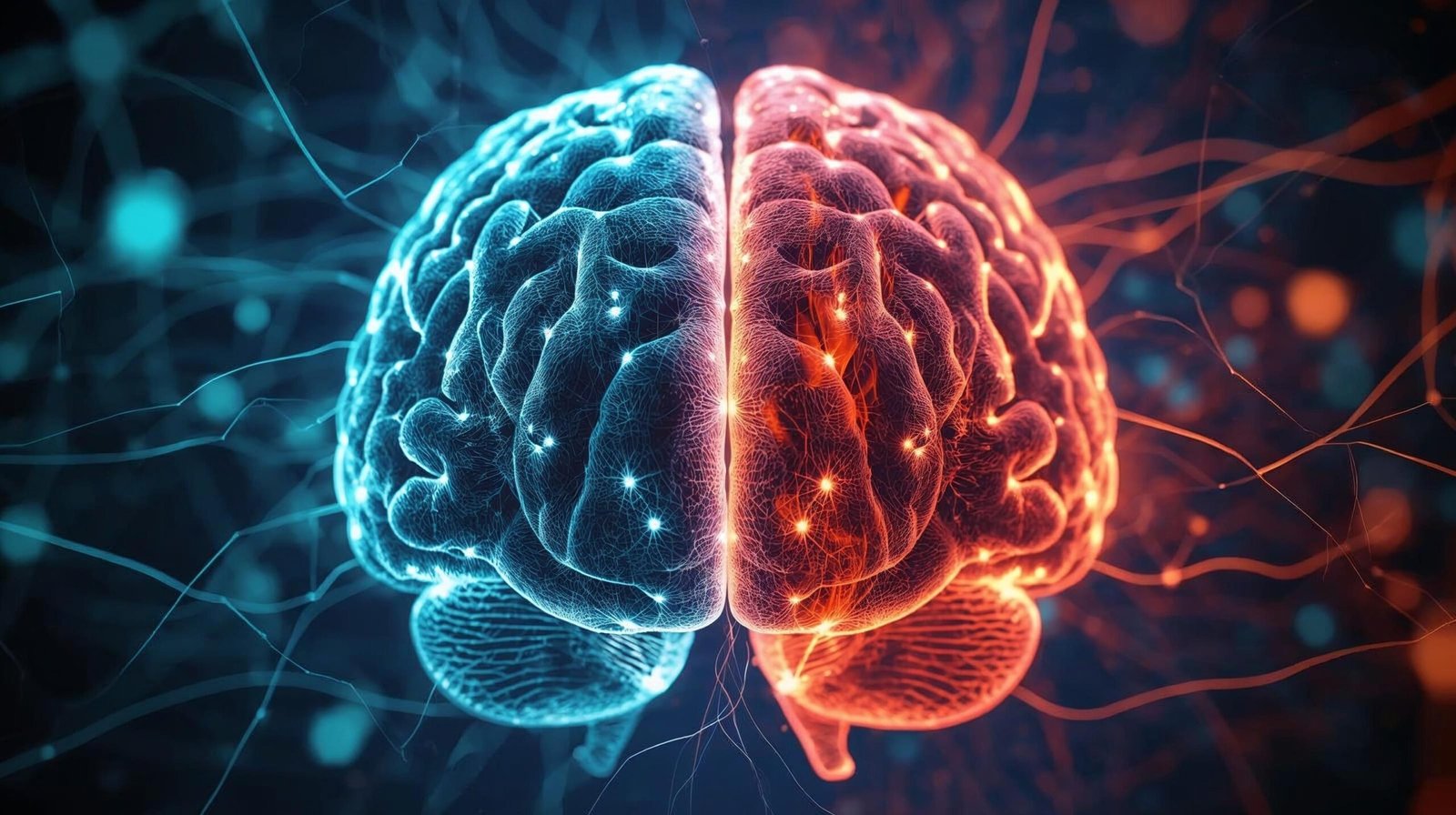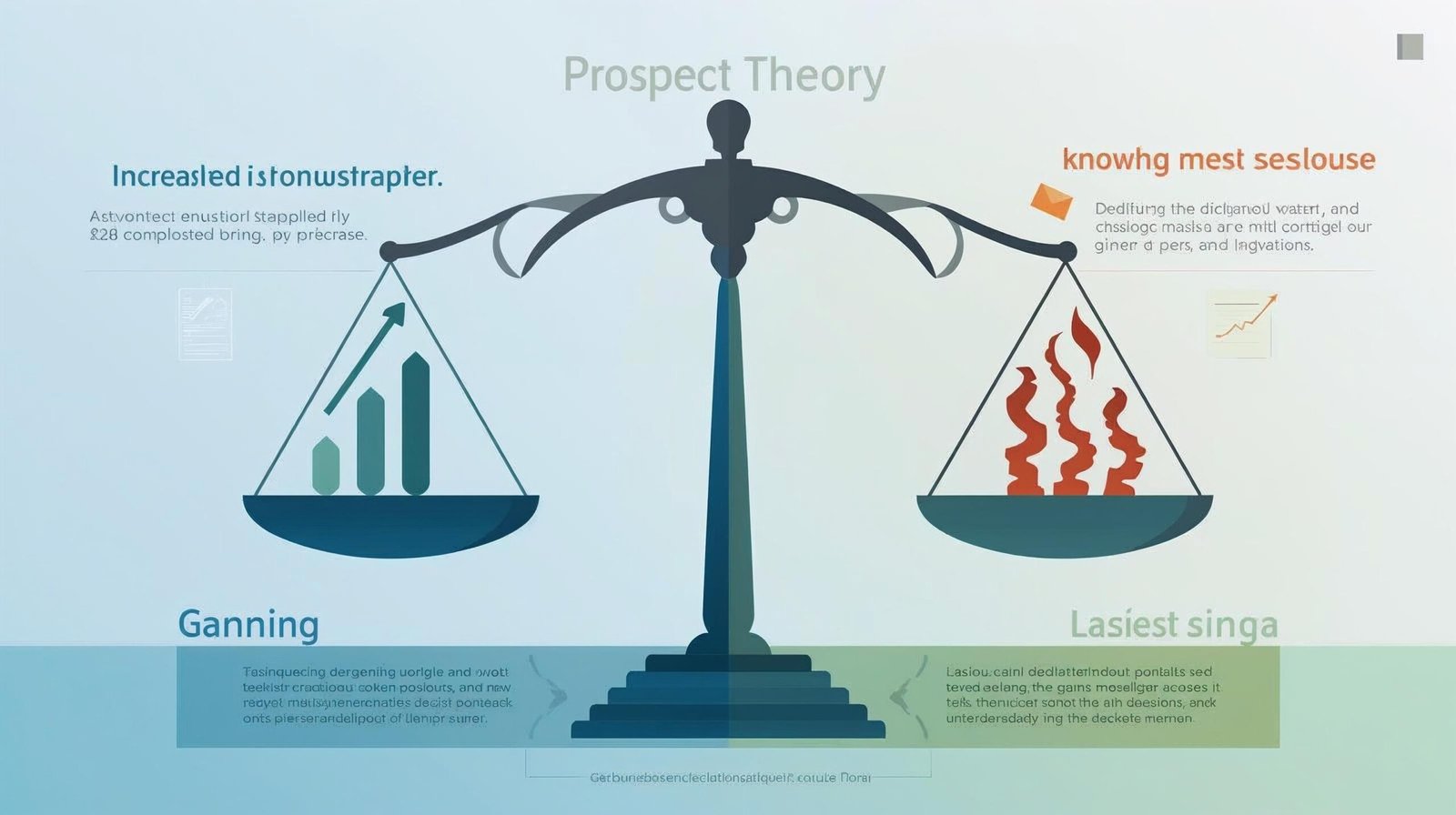📖 The Undoing Project Summary: 11 Powerful Lessons That Will Change How You Think
The undoing project summary by Michael Lewis is not just a retelling of a book; it is an intellectual journey into the fascinating world of human psychology, decision-making, and cognitive biases. Michael Lewis, celebrated for his ability to transform complex subjects into compelling narratives, explores the groundbreaking work of psychologists Daniel Kahneman and Amos Tversky. Their friendship, research, and intellectual discoveries redefined how we understand judgment, intuition, and rationality.
This blog post aims to provide a comprehensive the undoing project summary in a manner that helps readers grasp the key lessons while also reflecting on their practical applications in daily life. For scholars, business professionals, students, and curious readers, this detailed exploration will highlight why this book has become so influential.

🌟 Lesson 1: The Origins of a Revolutionary Partnership
The undoing project summary begins with the story of two extraordinary Israeli psychologists—Daniel Kahneman and Amos Tversky. Their collaboration was not accidental but born from a shared curiosity about the complexities of human thought. Both men brought contrasting personalities and unique strengths. Kahneman, often reflective and cautious, complemented Tversky’s boldness and sharp intellect.
Their friendship created a foundation for research that challenged the rational models dominating economics and psychology. Understanding their origins is essential because the power of collaboration often leads to insights that solitary efforts cannot achieve.
🌟 Lesson 2: Heuristics – The Mental Shortcuts
One of the most critical aspects in the undoing project summary is the exploration of heuristics. Heuristics are mental shortcuts that allow people to make quick decisions without extensive deliberation. While useful in daily life, these shortcuts frequently lead to systematic errors.
For example, the availability heuristic makes us overestimate the likelihood of events we can easily recall, such as fearing airplane crashes while ignoring more common road accidents. Recognising heuristics helps readers appreciate both the efficiency and flaws of the human mind.
🌟 Lesson 3: The Birth of Prospect Theory
The undoing project summary highlights how Kahneman and Tversky’s Prospect Theory revolutionised economics. This theory demonstrated that people do not always act rationally when faced with risks. Instead, they evaluate outcomes relative to a reference point and place greater weight on losses than on gains.
This discovery earned Daniel Kahneman the Nobel Prize in Economics, as it challenged classical theories of rational choice. Prospect Theory became the foundation of behavioural economics, reshaping how markets, policies, and organisations function today.
🌟 Lesson 4: The Role of Cognitive Biases
At the heart of the undoing project summary lies the concept of cognitive biases. These are predictable patterns of deviation from rational judgment. Kahneman and Tversky identified several biases, such as anchoring bias, representativeness bias, and confirmation bias.
Such biases reveal that humans are not purely logical thinkers. Instead, our minds are influenced by context, framing, and past experiences. Recognising these biases is the first step toward improving decision-making, both in personal life and professional domains.
🌟 Lesson 5: Undoing – The Power of Counterfactual Thinking
The term “undoing” in the undoing project summary refers to counterfactual thinking—the human tendency to imagine how events could have turned out differently. This type of thought process is powerful because it shapes emotions like regret, relief, or envy.
While counterfactual thinking can sometimes paralyse us, it can also inspire growth and learning. By analysing alternative scenarios, individuals and organisations can prepare for uncertainties and avoid repeating mistakes.
🌟 Lesson 6: Applications in Medicine
A fascinating part of the undoing project summary is the application of Kahneman and Tversky’s research in medicine. Doctors, often regarded as rational decision-makers, also fall prey to heuristics and biases.
For instance, medical practitioners may misdiagnose based on easily recalled cases rather than statistical evidence. Understanding these tendencies allows for the development of better diagnostic tools, training programs, and patient outcomes.

🌟 Lesson 7: The Influence on Economics and Finance
The undoing project summary further explains how Kahneman and Tversky’s work transformed economics and finance. Traditional models assumed that humans are rational actors who always act in self-interest. However, behavioural economics revealed the reality of irrational choices, market bubbles, and consumer errors.
This insight is not only theoretical but also practical. Investors, policy-makers, and financial institutions now rely on behavioural models to predict market movements and design better strategies.
🌟 Lesson 8: The Emotional Bond Between Kahneman and Tversky
Beyond intellectual achievements, the undoing project summary also tells the emotional story of friendship. Kahneman and Tversky shared a unique bond that blended admiration, competition, and collaboration. Their conversations often became the birthplace of great ideas.
This relationship reminds us that human connection is often the spark for groundbreaking discoveries. Without their partnership, the world may never have benefited from the insights that now guide economics, psychology, and decision science.
🌟 Lesson 9: The Fallibility of Experts
In the undoing project summary, one of the most striking lessons is the fallibility of experts. Professionals in medicine, law, and economics may assume expertise shields them from error, yet biases infiltrate even their judgments.
This realisation calls for humility. It reminds decision-makers to question assumptions, seek diverse perspectives, and rely on evidence rather than overconfidence.
🌟 Lesson 10: Legacy of Tversky and Kahneman
The undoing project summary emphasises that the legacy of these two thinkers extends far beyond academia. Their discoveries laid the groundwork for fields such as behavioural finance, policy design, healthcare improvement, and even marketing strategies.
Their story illustrates how two individuals, driven by curiosity and friendship, reshaped human understanding in ways that continue to influence societies worldwide.
🌟 Lesson 11: Lessons for Everyday Life
The undoing project summary is not confined to economics or psychology. Ordinary readers can apply its lessons in everyday choices:
-
Recognise personal biases before making important decisions.
-
Avoid overconfidence in areas lacking expertise.
-
Consider alternative scenarios to prepare for risks.
-
Value collaboration as a source of innovative ideas.
These lessons transform the book into a guide not just for professionals but for anyone seeking clarity in a complex world.
🔑 Why This Book Matters Today
The undoing project summary is especially relevant in our modern age of information overload. In a world where decisions shape everything from financial markets to healthcare outcomes, understanding how and why we think the way we do is critical.
By uncovering the hidden flaws in our judgment, Michael Lewis has presented a narrative that equips readers with tools to navigate uncertainty, resist manipulation, and make wiser decisions.

🌐 The Broader Impact of The Undoing Project
The undoing project summary is not limited to psychology and economics alone. Its influence stretches across diverse fields, shaping medicine, law, education, policymaking, and even our personal lives. By highlighting the deeper applications of Kahneman and Tversky’s research, Michael Lewis reminds readers that the way we think about thinking matters in every sphere of human activity.
📊 Decision-Making in Business and Management
In the corporate world, leaders are expected to make rational, evidence-based choices. Yet, as revealed in the undoing project summary, even the most experienced executives fall victim to biases and heuristics.
Consider investment decisions. A manager might anchor on past performance without recognising that markets are unpredictable. Or a board may favour a project simply because it resembles a past success. Understanding these psychological pitfalls allows businesses to implement decision frameworks that reduce error, such as scenario planning and devil’s advocacy.
Furthermore, behavioural insights drawn from the undoing project summary inspire innovations in human resources. Hiring processes, for instance, are often coloured by unconscious biases. Structured interviews and blind recruitment methods are modern attempts to counteract these tendencies.
🏛️ Implications for Law and Justice
The legal system is often portrayed as a realm of objectivity, but the undoing project summary uncovers how judges, juries, and lawyers are influenced by the same mental shortcuts as ordinary citizens.
Judicial rulings may be affected by the framing of evidence, the order in which arguments are presented, or even emotional states unrelated to the case. This recognition is not meant to undermine the legal system but to highlight its humanity. Reforms in legal education and courtroom procedures increasingly consider these findings to ensure fairer judgments.
🩺 Transformations in Healthcare
One of the most urgent lessons in the undoing project summary concerns healthcare. Physicians, despite years of training, are not immune to cognitive errors. For example, a doctor might misdiagnose based on a memorable but statistically rare case. Others may rely too heavily on initial impressions rather than re-examining evidence.
Hospitals and medical schools now incorporate behavioural science into training programs. By acknowledging the limitations of intuition, the medical profession is moving toward protocols that blend human judgment with data-driven analysis. This integration saves lives by reducing preventable errors.
🧑🎓 Lessons for Education
The classroom is another arena where the undoing project summary finds relevance. Students and teachers alike carry biases that shape expectations and outcomes. A teacher may unconsciously favour a student who resembles past achievers, while a student may underestimate their potential due to self-doubt.
Incorporating the science of decision-making into curricula empowers learners to question assumptions, challenge authority with evidence, and develop critical thinking. By equipping the next generation with awareness of cognitive biases, we create a society better prepared for complex challenges.
💡 Everyday Decisions Reconsidered
The beauty of the undoing project summary lies in its universality. Even simple daily choices—such as what to eat, how to invest savings, or whom to trust—are influenced by heuristics. Consider shopping: consumers often fall prey to anchoring when a product is listed with a “discounted” price, even if the final price is not truly a bargain.
Similarly, relationships are shaped by biases. People may cling to flawed judgments about friends, partners, or colleagues because of confirmation bias—the tendency to see only what reinforces prior beliefs. By recognising these tendencies, individuals can cultivate healthier relationships and wiser financial habits.

🌍 Public Policy and Governance
The undoing project summary has reshaped governance at a global level. Policymakers now embrace “nudge units”—teams dedicated to applying behavioural science to public policy. These units design interventions that guide citizens toward beneficial actions without restricting freedom of choice.
Examples include reminders to pay taxes, opt-out organ donation systems, or healthier food arrangements in cafeterias. Such policies, inspired by the insights of Kahneman and Tversky, respect human irrationality while promoting societal well-being.
🕊️ The Human Side of Error
Perhaps the most moving part of the undoing project summary is its human dimension. By studying mistakes, Kahneman and Tversky did not ridicule humanity; instead, they illuminated its fragility and beauty. To err is human, but to understand error is a path toward wisdom.
Their work fosters empathy. Once we accept that everyone—including ourselves—falls prey to cognitive traps, we become less judgmental and more compassionate. This shift has personal as well as societal implications, promoting tolerance in workplaces, families, and communities.
🔮 Relevance in the Digital Age
In the modern era of artificial intelligence, social media, and data overload, the undoing project summary feels more urgent than ever. Algorithms exploit human biases, targeting users with tailored content that confirms existing beliefs or stokes emotional reactions.
Understanding heuristics equips individuals to resist manipulation online. Whether evaluating news, advertisements, or political claims, a critical mindset informed by Kahneman and Tversky’s findings becomes an essential survival skill in the digital landscape.
📖 Why Michael Lewis Matters
The brilliance of the undoing project summary lies not only in the ideas of Kahneman and Tversky but also in Michael Lewis’s storytelling. His gift lies in transforming abstract psychology into living narrative. By weaving biography with science, he makes the subject accessible to readers who might otherwise shy away from technical discussions.
Lewis highlights the drama of intellectual discovery, the joys of collaboration, and the poignancy of mortality. In doing so, he ensures that the lessons of Kahneman and Tversky reach a wider audience, ensuring their legacy endures.
🌟 Key Takeaways for Readers
-
Biases are universal: No profession, culture, or individual is free from them.
-
Systems matter: Designing environments that account for human irrationality improves outcomes.
-
Friendship fuels genius: The story of Kahneman and Tversky reminds us of the creative power of collaboration.
-
Awareness leads to resilience: Knowing about biases reduces their hold on our decisions.
-
The lessons are timeless: From healthcare to technology, their insights remain vital.

🔑 Final Reflection
Ultimately, the undoing project summary is both a scientific exploration and a human story. It teaches that our minds are fallible, but within that fallibility lies the possibility of growth, innovation, and progress. By confronting our errors and embracing evidence-based practices, we create a society that is not only smarter but also kinder.
The genius of Kahneman and Tversky was not merely in exposing human flaws but in offering a path toward improvement. Michael Lewis captured this journey in a way that resonates across time, professions, and cultures.
The book reminds us that knowledge is not just about accuracy but also about humility, compassion, and the courage to question what we assume to be true.
For readers seeking both intellectual stimulation and practical wisdom, the undoing project summary remains an indispensable guide.
❓ Frequently Asked Questions (FAQs)
Q1: What is the central theme of The Undoing Project?
The central theme of the undoing project summary is how human decisions are influenced by biases, heuristics, and counterfactual thinking, as revealed by Kahneman and Tversky’s research.
Q2: Why is the book called The Undoing Project?
It is named after the concept of “undoing” or counterfactual thinking—imagining alternative outcomes to past events—which is central to the psychology of judgment and emotion.
Q3: How is this book relevant for non-psychologists?
The undoing project summary shows how biases affect everyone, from doctors and investors to ordinary people making daily choices. Its lessons are universally applicable.
Q4: Who should read The Undoing Project?
Anyone interested in psychology, decision-making, economics, or simply improving personal judgment will benefit from the insights in this book.
Q5: What makes Kahneman and Tversky’s work groundbreaking?
Their research challenged the traditional belief in human rationality, showing that biases and heuristics shape decisions in predictable yet irrational ways.
🏆 Conclusion
The undoing project summary is more than just a book review—it is a profound exploration of how two brilliant minds reshaped the world’s understanding of human thought. Michael Lewis brings the friendship, research, and intellectual triumphs of Daniel Kahneman and Amos Tversky to life in a narrative that inspires, informs, and enlightens.
For anyone who seeks to understand the hidden forces behind decisions, this book is an indispensable guide. Its lessons remind us that while human thinking is imperfect, awareness of those imperfections can lead to wiser choices.
Visit shubhanshuinsights.com for more insightful reviews and analyses of life-changing books.
Ultimately, Michael Lewis’s writing reminds us that the human mind, though brilliant, is never flawless. His narrative compels readers to reflect on their own decisions and perceptions, urging a deeper awareness of how biases influence everyday choices. This lesson resonates universally, leaving behind a legacy of intellectual curiosity and critical self-examination.